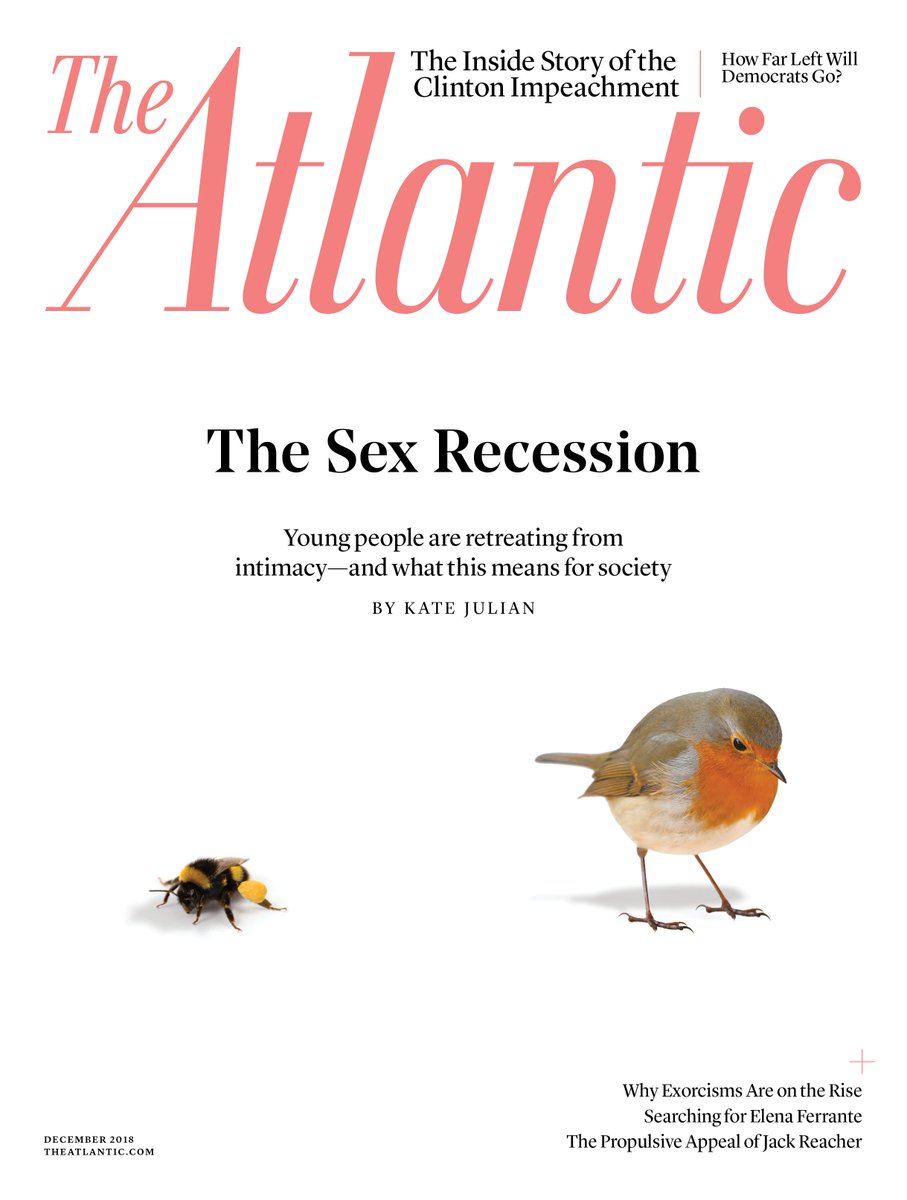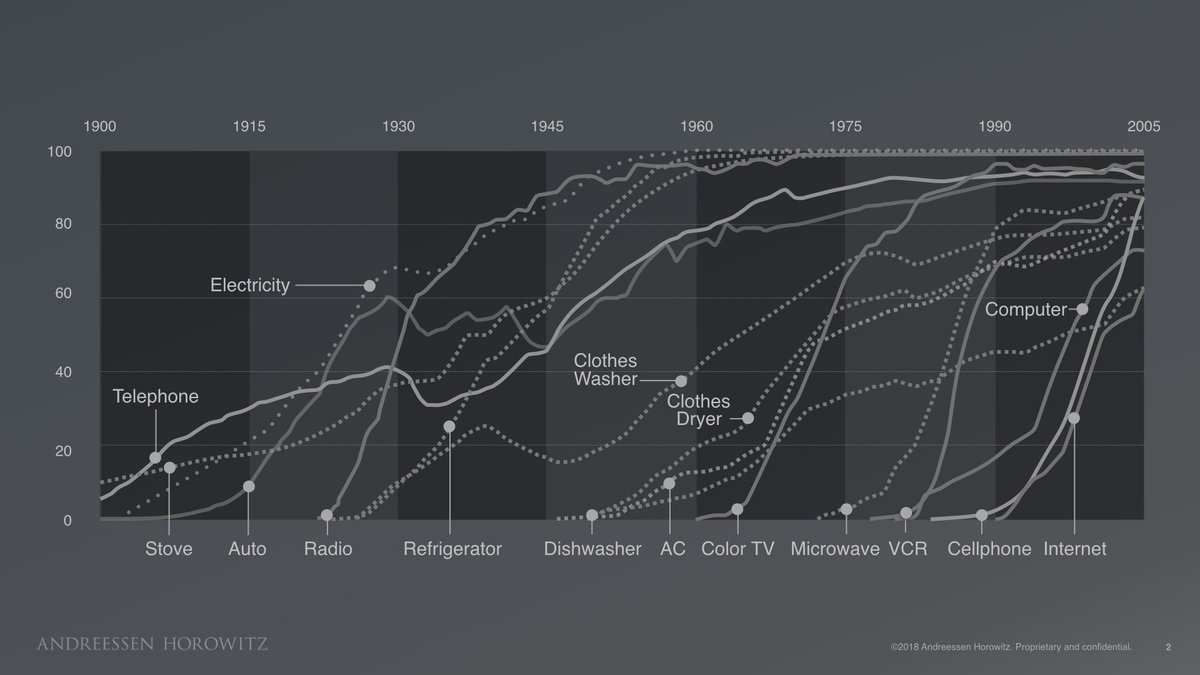
👇 Thread. New deck getting published this week: "Consumer startups are awesome, and here's what I'm looking to invest in at Andreessen Horowitz." If you want to read it, subscribe to my newsletter here: https://t.co/262t8eh0wf
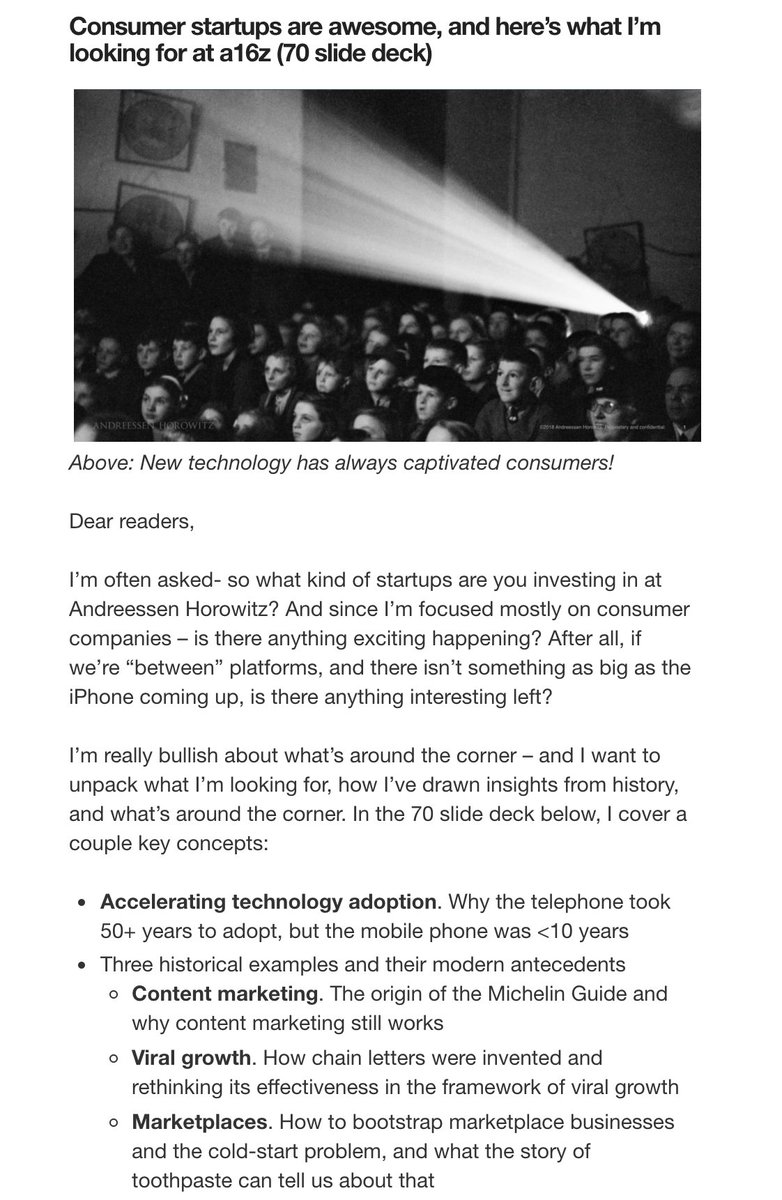

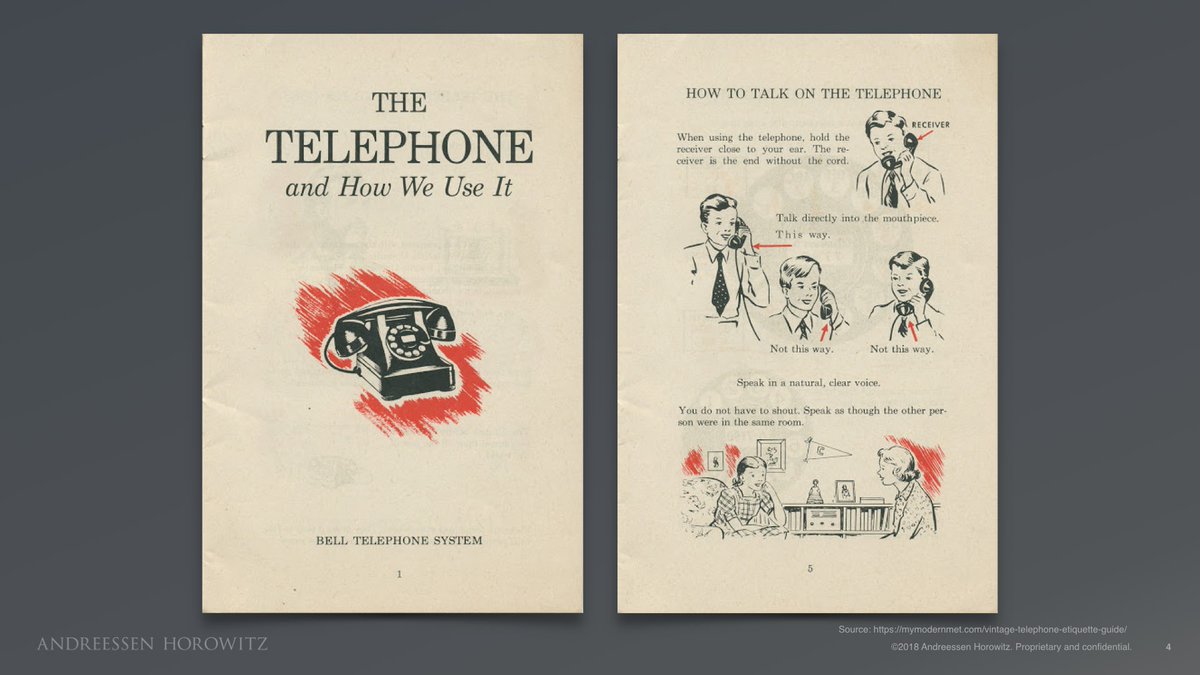
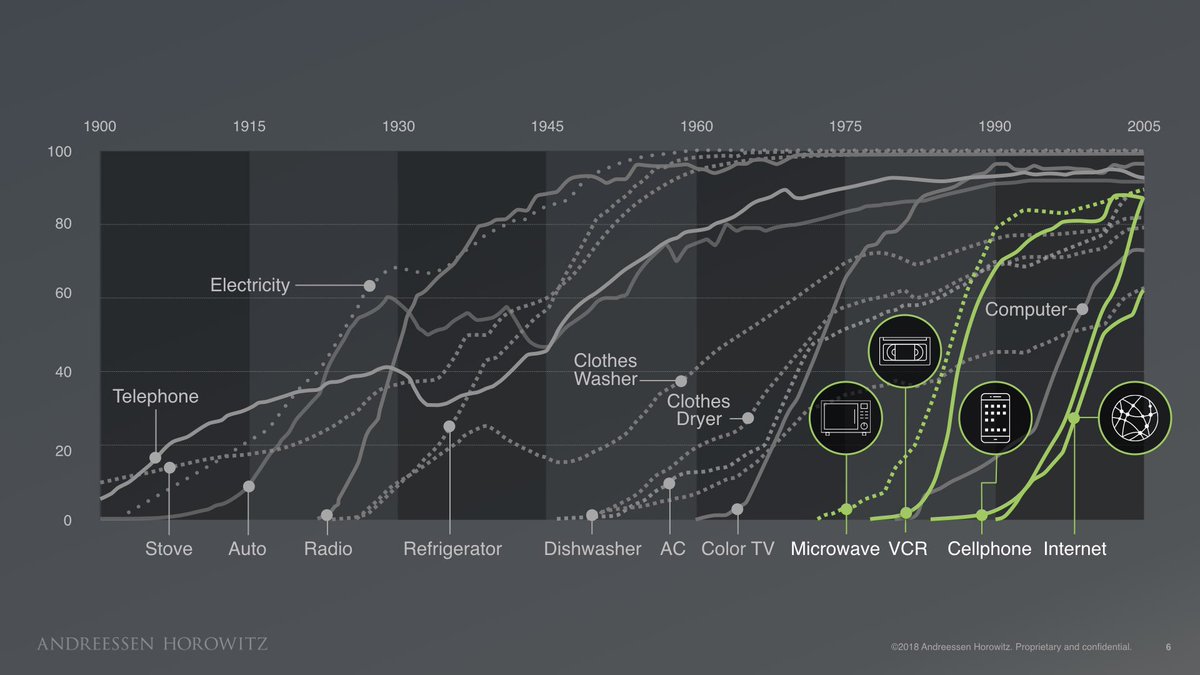
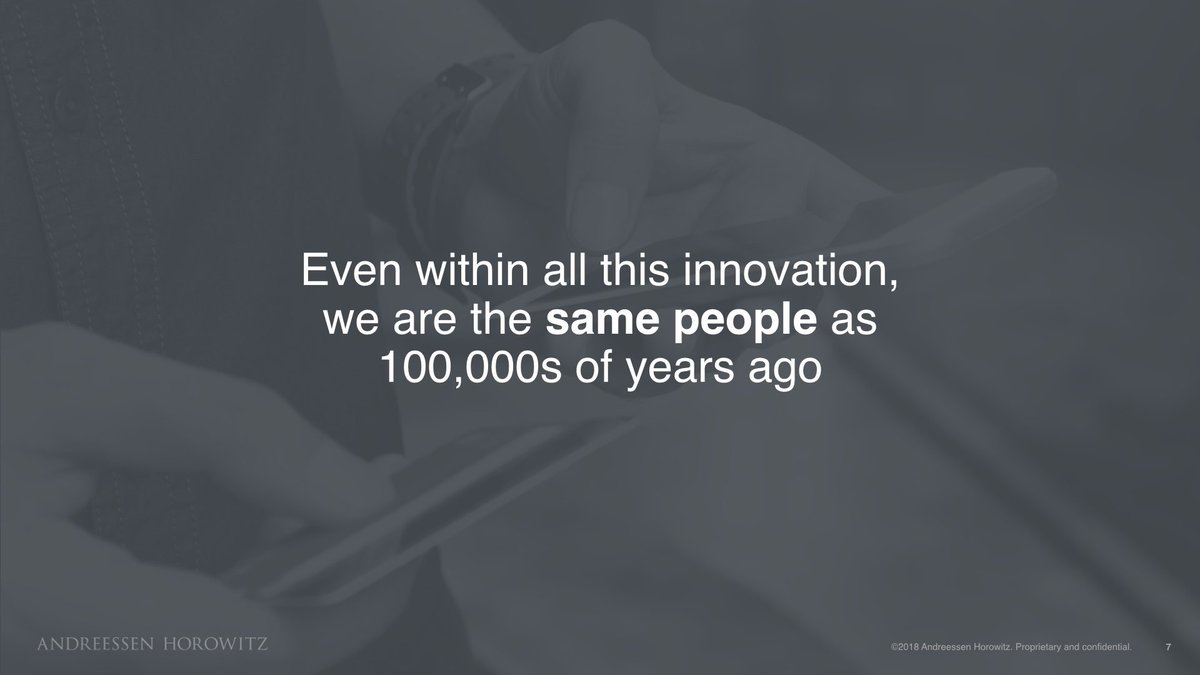
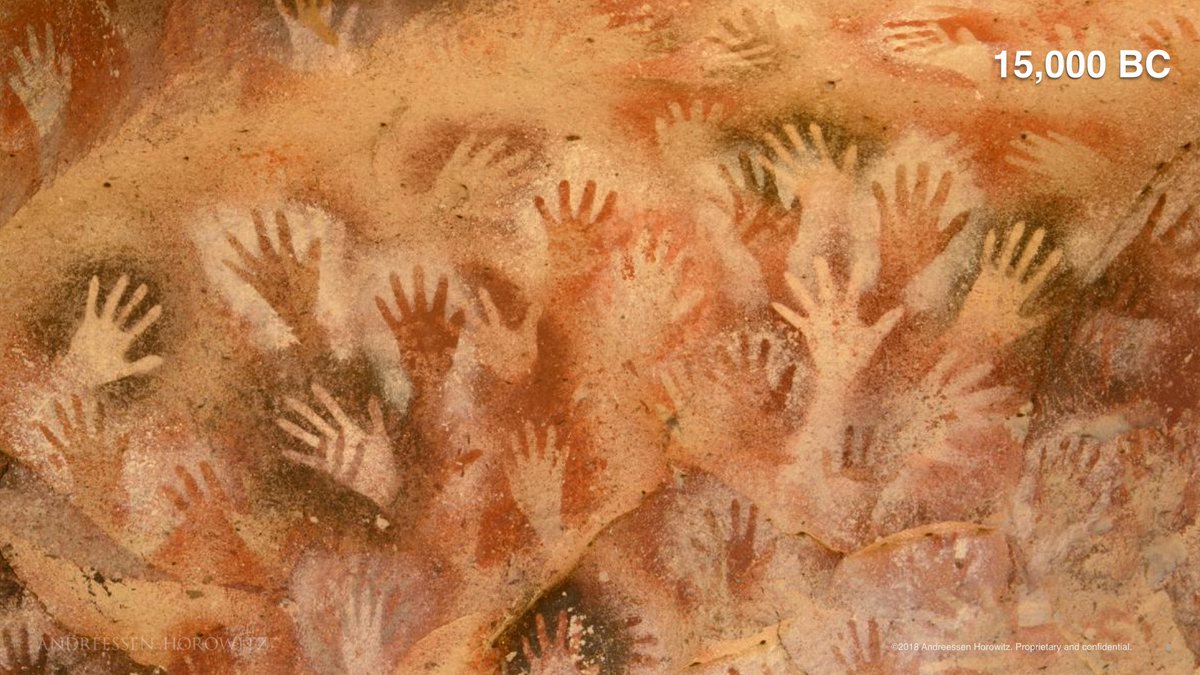
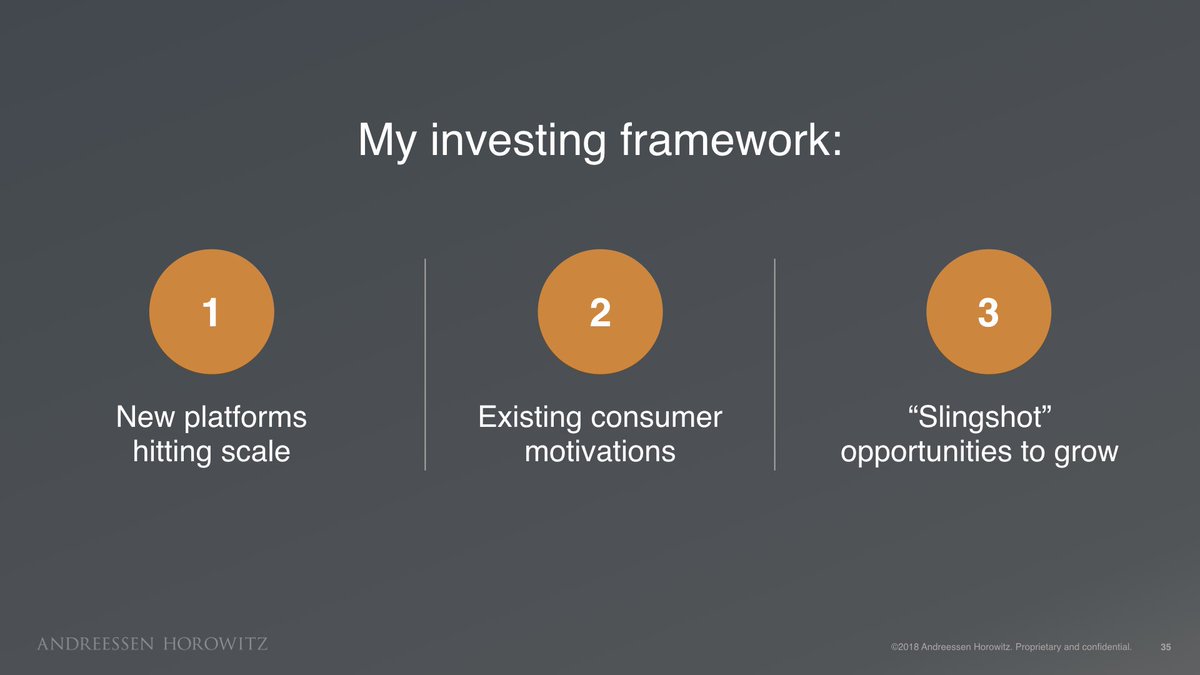
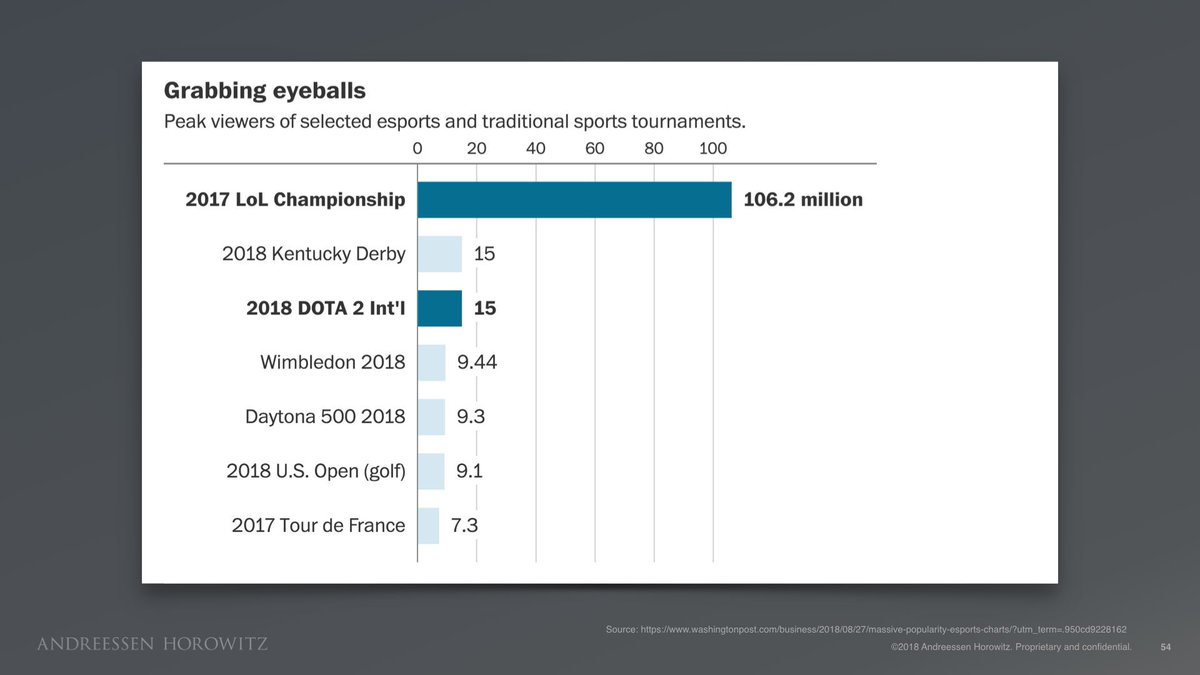
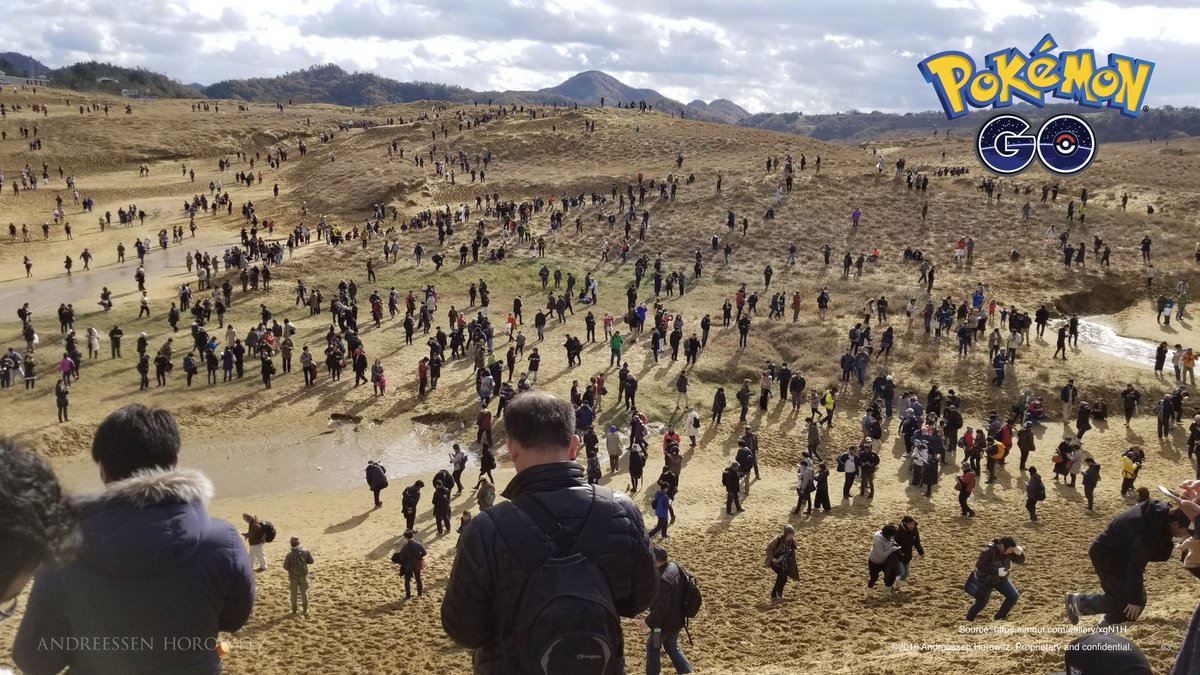
\U0001f447Thread.
— Andrew Chen (@andrewchen) November 1, 2018
Published a new essay: The red flags and magic numbers that investors look for in your startup\u2019s metrics \u2013 80 slide deck included! pic.twitter.com/w6HRD4o22f
From a metrics standpoint, it's important to analyze the acquisition mix, the quality of the signups, and the platform dependencies. In the deck, I talk through a bunch of the red flags I'm looking for. pic.twitter.com/5eXkLB0aYQ
— Andrew Chen (@andrewchen) November 1, 2018
More from Startups
You May Also Like
H was always unseen in S2NL :)
Those who exited at 1500 needed money. They can always come back near 969. Those who exited at 230 also needed money. They can come back near 95.
Those who sold L @ 660 can always come back at 360. Those who sold S last week can be back @ 301
Those who exited at 1500 needed money. They can always come back near 969. Those who exited at 230 also needed money. They can come back near 95.
Those who sold L @ 660 can always come back at 360. Those who sold S last week can be back @ 301
Sir, Log yahan.. 13 days patience nhi rakh sakte aur aap 2013 ki baat kar rahe ho. Even Aap Ready made portfolio banakar bhi de do to bhi wo 1 month me hi EXIT kar denge \U0001f602
— BhavinKhengarSuratGujarat (@IntradayWithBRK) September 19, 2021
Neuland 2700 se 1500 & Sequent 330 to 230 kya huwa.. 99% retailers/investors twitter par charcha n EXIT\U0001f602



















